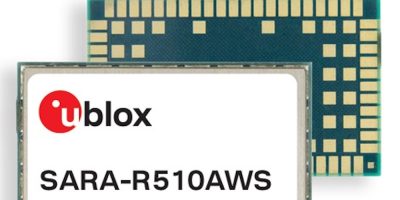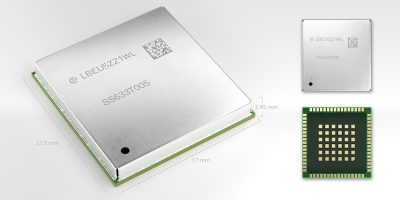Two four-channel, dual-polarised analogue beamformers, the MMW9012K and MMW9014K enable advanced precision in beam steering for 5G mmWave, improving system reliability, said NXP.
The analogue beamformers have been developed using NXP’s silicon germanium (SiGe) process. They support dual-polarisation to improve 5G reliability and offer a high degree of integration to help reduce 5G base station size and costs, said the company. They also reduce current consumption for 5G mmWave designs.
5G mmWave solutions are typically deployed in dense urban areas, where the higher frequency and bandwidth are well-suited to meet consumers’ needs for higher bit rates. However, the higher frequency also decreases the distance an mmWave signal can cover, as does the interference of buildings and other obstacles. The dual-polarised, four-channel analogue beamformers enable more precise steering of simultaneous beams to users, explained NXP, mitigating the propagation loss common to 5G mmWave deployments and improving overall system reliability.
The MMW9012K operates at 28GHz, while the MMW9014K operates at 26GHz. Both devices offer a high transmit and receive gain with EVM (error vector magnitude) at 2.5 per cent at Pout of 9dBm.
Doeco Terpstra, vice president and general manager, Smart Antenna Solutions, NXP, said: “Reliability is more important than ever, and OEMS need the ability to precisely direct simultaneous beams to the different users that require the low latency and high bandwidth that 5G mmWave offers. At the same time, utilising a dual-polarisation on a single antenna panel enables a higher degree of integration for 5G mmWave panels, reducing system size and cost for OEMs.”
NXP also announced an antenna system developer kit to complement the beamformers. It features an 8×8 antenna panel, with a control board with GUI (graphic user interface) and power supplies. According to NXP, the antenna developer system makes it easy for OEMs to accelerate their panel designs to more quickly build 5G antenna systems.
The MMW9012K and MMW9014K four-channel, dual polarised analogue beamformers are in volume production.







